Understanding what a smart meter is and how a smart meter is installed are essential for homeowners looking to optimise their energy usage and reduce bills. A smart meter is a modern device that replaces traditional electricity and gas meters, providing near real-time data on consumption and promoting efficient energy management. With the growing emphasis on sustainable living, these devices are becoming increasingly popular, making it important to know what they are and how to get one.
This page will show you some of the steps involved in getting a smart meter installed in your home, ensuring a seamless transition to smarter energy consumption.
Understanding Smart Meters
What Are Smart Meters?
Smart meters are advanced digital devices that automatically record electricity and gas usage in real-time. Unlike traditional meters, which require manual readings, smart meters send usage data directly to your energy supplier. This allows for more accurate billing and eliminates the guesswork of estimated bills.
Smart meters also provide customers with almost instant feedback on their energy consumption via an in-home display. This information can help homeowners identify patterns in their energy use and make informed decisions to reduce consumption and costs. Additionally, smart meters support a more efficient energy grid by providing utility companies with valuable data on energy demand. This data helps in balancing supply and demand, especially during peak usage times. Overall, smart meters represent a key step towards smarter energy management, both for individual consumers and for the broader energy infrastructure.
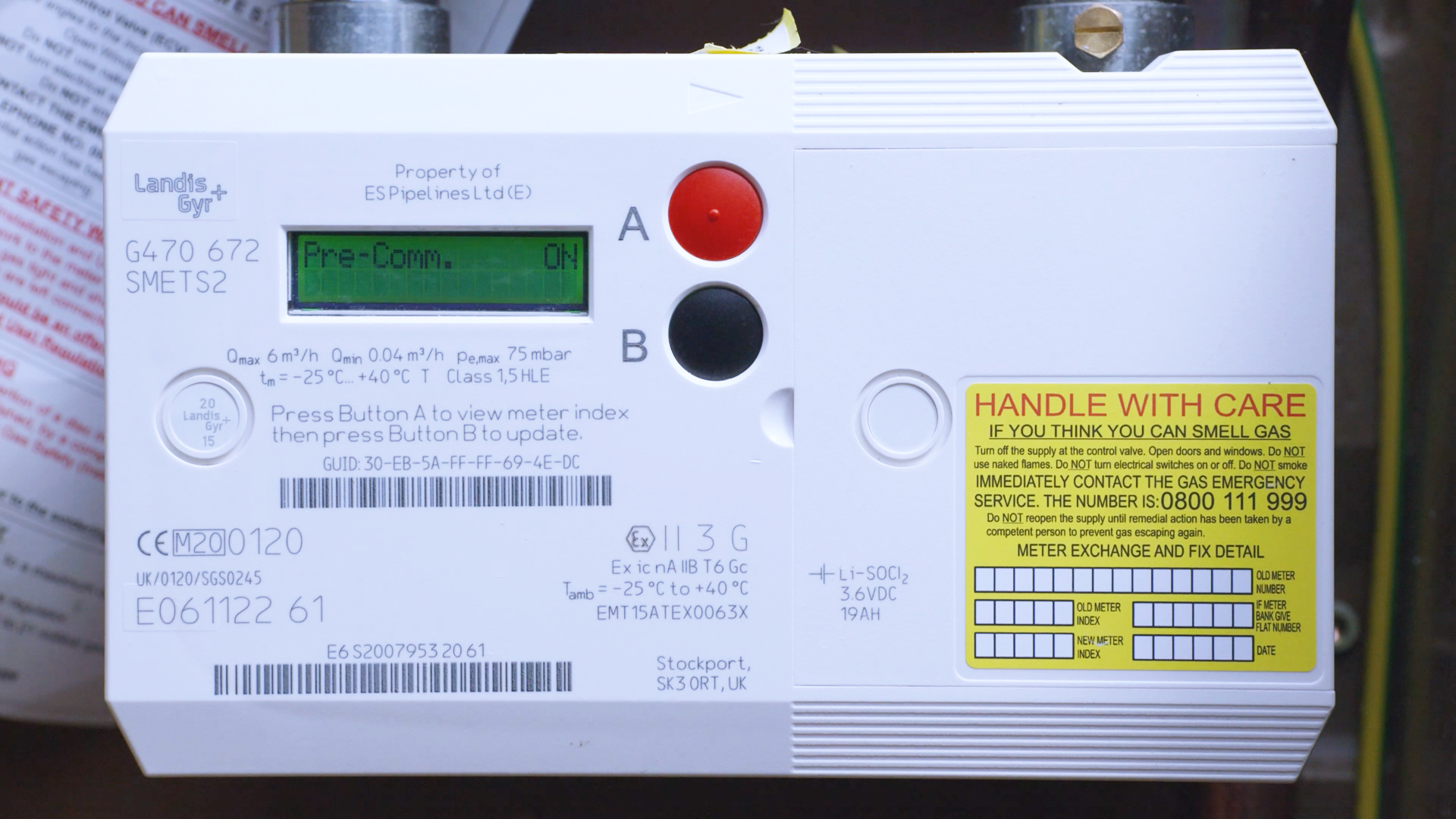
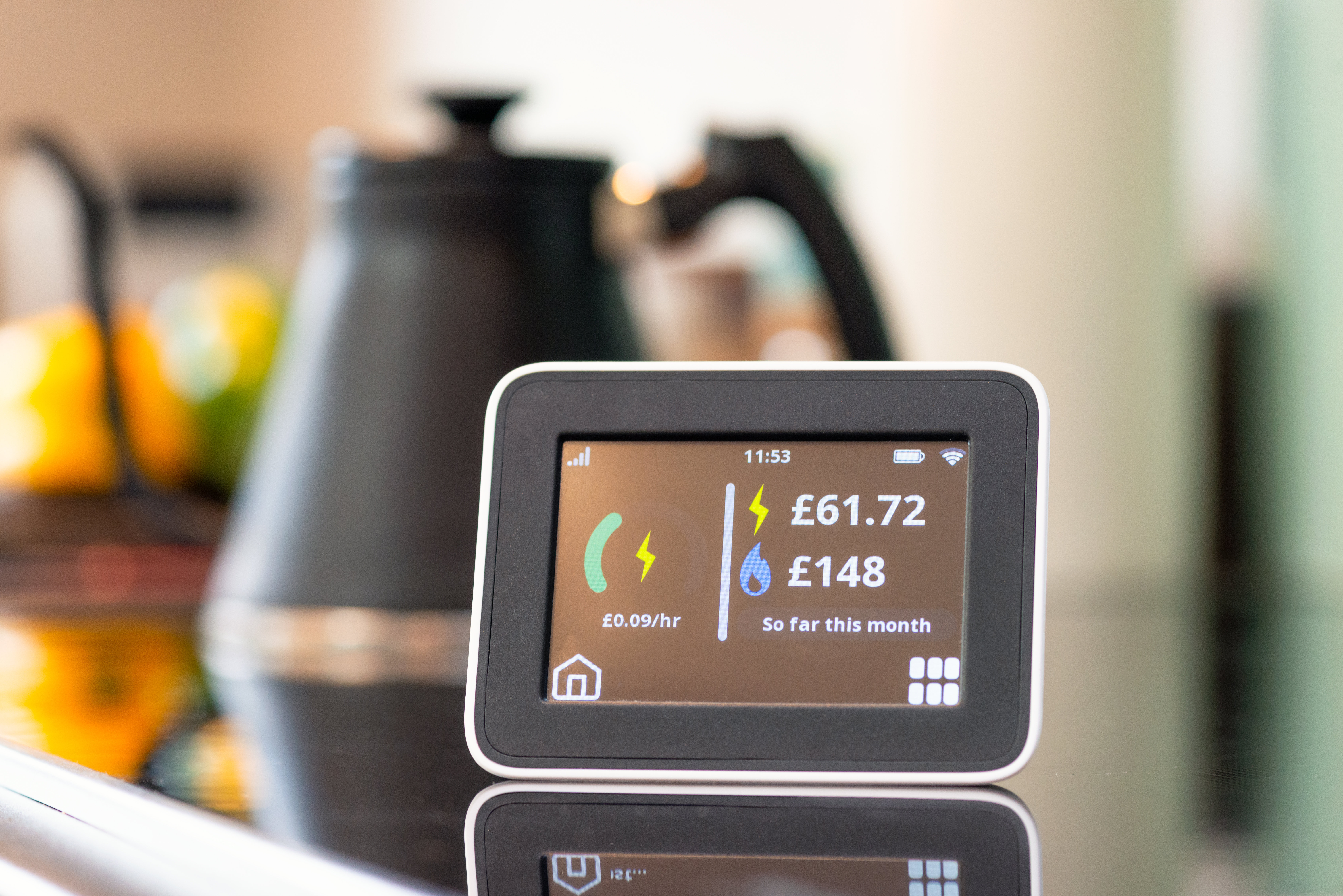
Preparing for an installation
Scheduling Your Appointment
Scheduling an appointment for your smart meter installation is a straightforward process. To begin, contact your energy supplier to express your interest in having a smart meter installed. Many suppliers offer convenient online scheduling options, which allow you to choose a date and time that fits your schedule.
Typically, installations are carried out during standard business hours, so consider your availability during these times. Once your appointment is scheduled, your supplier will provide you with confirmation and any additional instructions. They might also send reminders as the appointment date approaches. If you need to reschedule, most suppliers provide flexible options to change your appointment with adequate notice.
By preparing for your appointment in advance, you can ensure a smooth installation process and a timely transition to smarter energy management.
What to expect before installation
Before your smart meter installation, there are a few key steps to anticipate. Initially, your energy supplier will contact you with a confirmation of the appointment details, typically through email or a phone call. They will inform you of the expected duration of the installation, which usually takes around one to two hours.
It's a good idea to clear the area around your existing meters, ensuring the technician has easy access. If any accessibility issues could obstruct the installation, notify your supplier in advance so they can make necessary arrangements. Additionally, you'll receive information on what to do with any equipment, such as leaving it powered down or accessible. On the day of the installation, the technician will carry identification, which you should verify for security purposes.
Preparing these details beforehand ensures a smooth installation process and helps the technician complete the work efficiently, allowing you to start benefiting from your smart meter sooner.
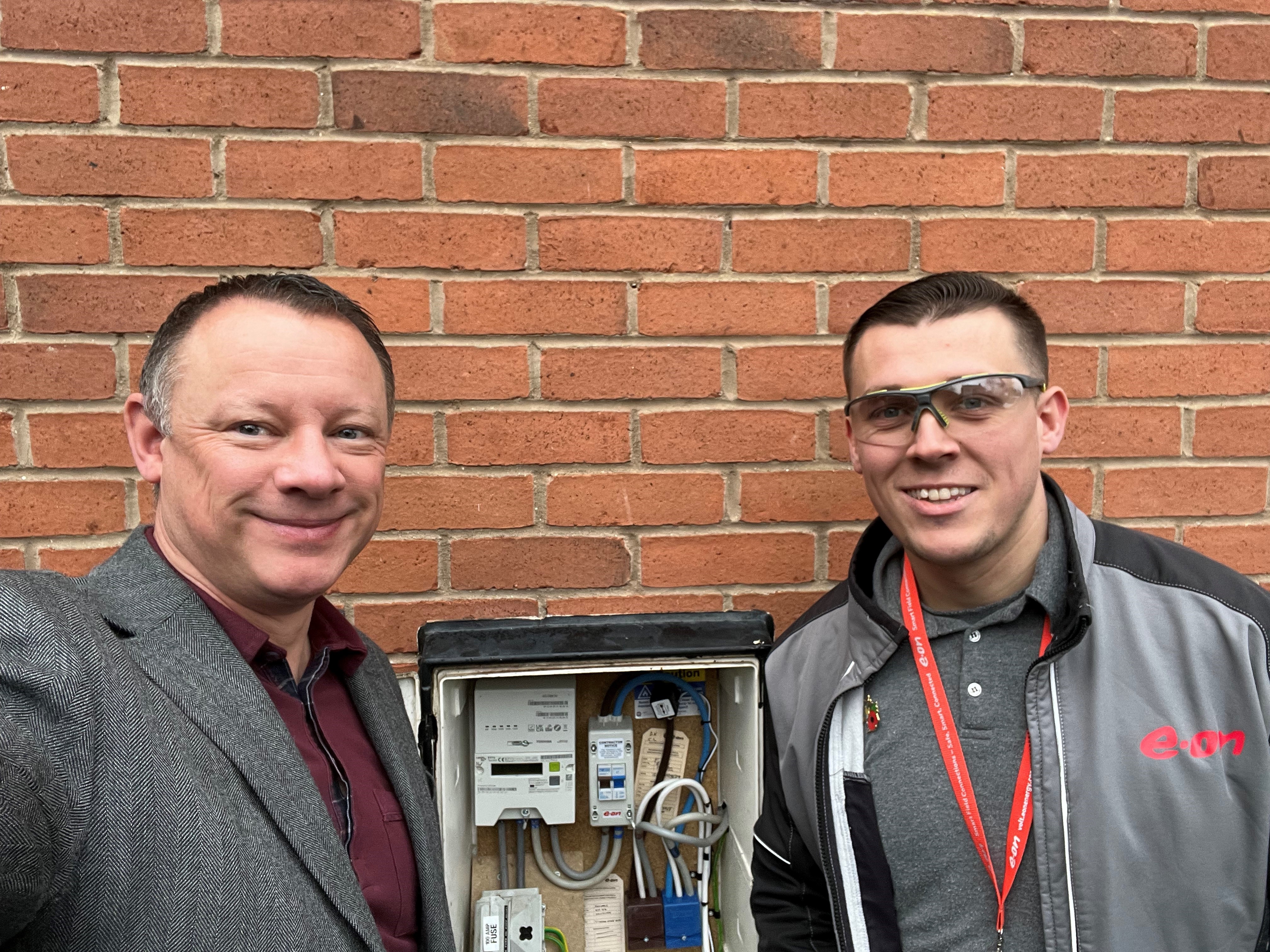
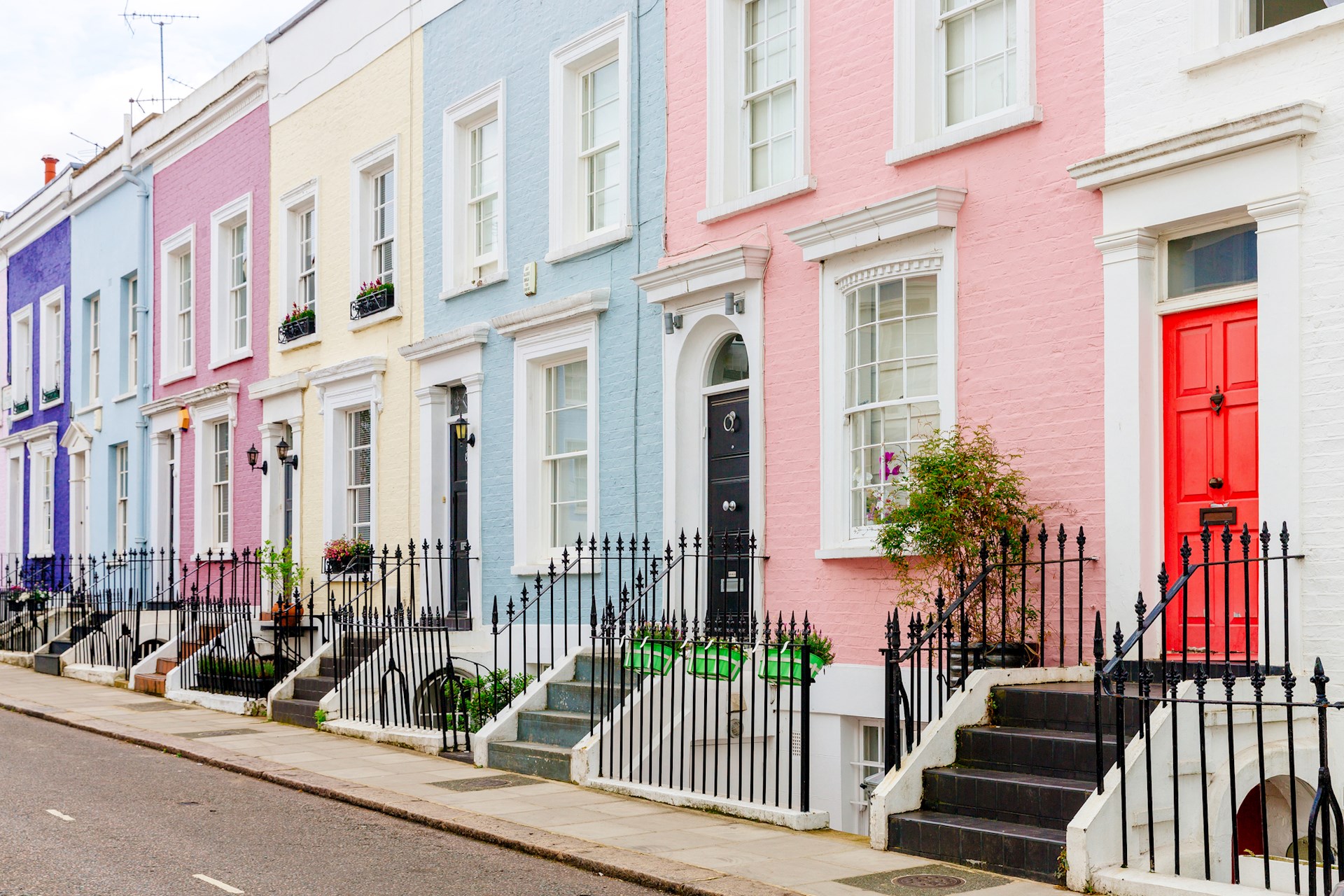
Safety and Precautions
Safety is paramount during the installation of a smart meter. The installation process is carried out by trained professionals who adhere to strict safety protocols. Before the technician arrives, ensure that your meter area is free from obstructions and any potential hazards. This allows the technician to work efficiently and safely.
During the installation, the power supply may need to be temporarily disconnected, so it's wise to prepare for minor interruptions to your electricity.
Additionally, it's advisable to supervise any pets and keep them away from the installation area to prevent any accidents. By taking these precautions, you can help ensure a safe and smooth installation process, allowing you to enjoy the benefits of your new smart meter without any concerns.
During and after installations
How is a Smart Meter Installed?
The installation of a smart meter involves several straightforward steps conducted by a professional technician. First, the technician will switch off the power supply to safely remove the existing meter. This temporary power interruption is necessary to ensure safety during the installation process.
Next, the old meter is carefully detached and replaced with the new smart meter. The technician will then securely connect the smart meter to your home’s electrical system. Once installed, the technician will restore power to perform a series of tests to confirm that the smart meter is functioning correctly. This includes verifying the near real-time data transmission to your energy supplier and checking the in-home display for accuracy.
Finally, the technician will guide you through the features of your new smart meter, providing insights into how to monitor your energy consumption effectively. This comprehensive process ensures your transition to a smart meter is seamless and efficient.
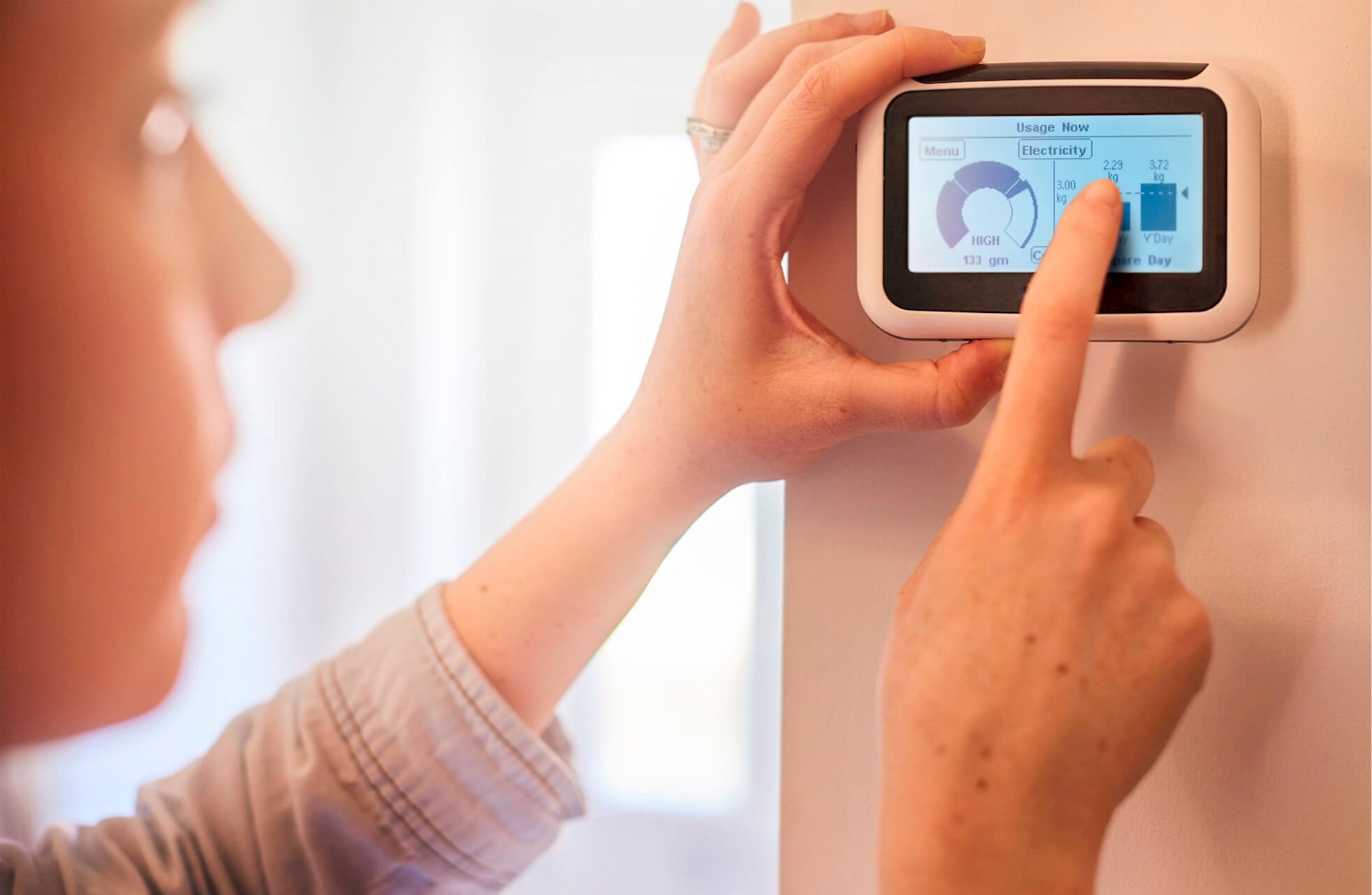
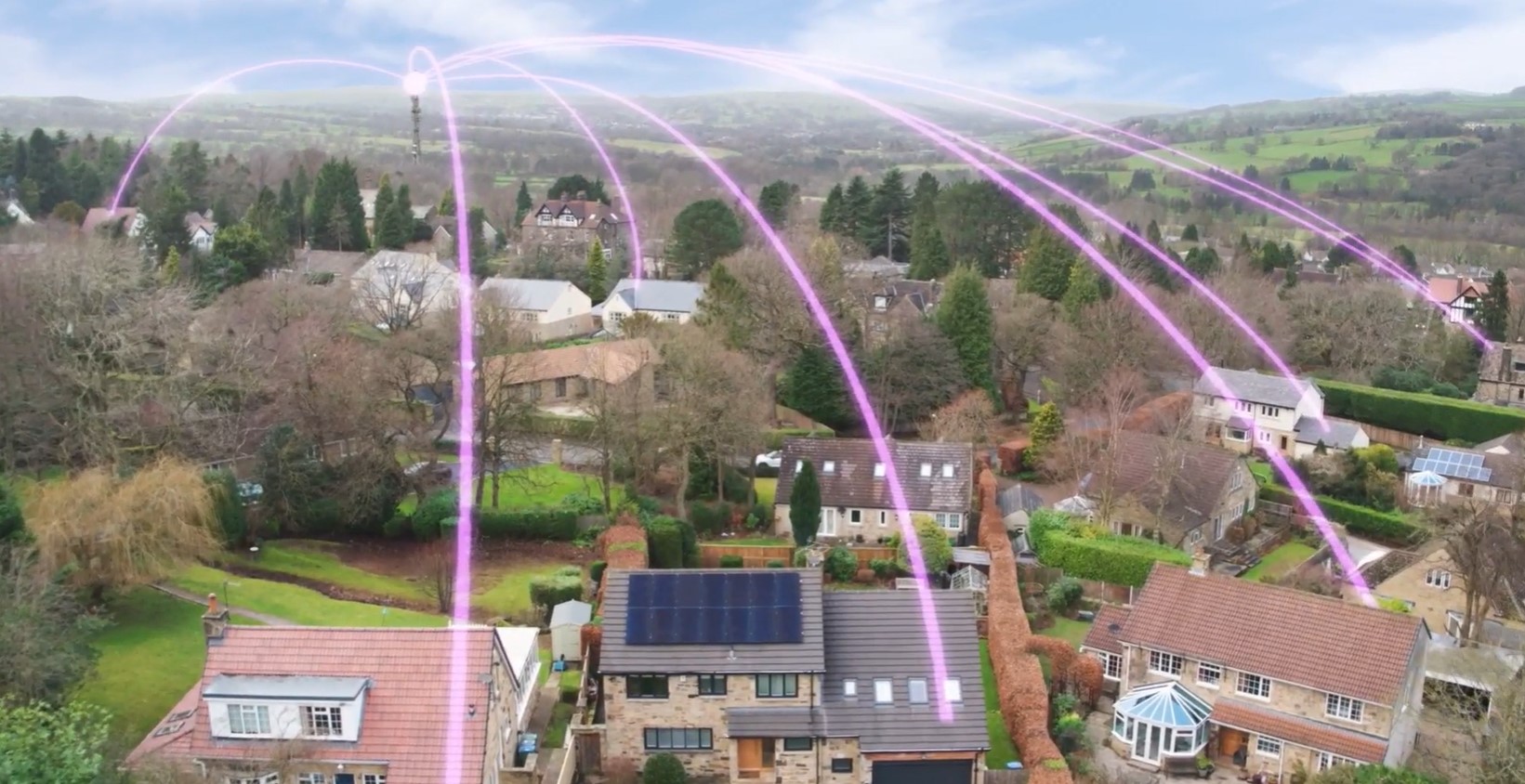
Understanding your new meter
After the installation and activation of your smart meter, understanding how to utilise it effectively is crucial. The smart meter provides near real-time data on your electricity and gas usage, allowing you to monitor consumption patterns directly from the in-home display. This display shows energy usage in terms of both units and cost, helping you identify peak usage times and potentially adjust your habits to save energy and reduce bills.
Your energy supplier may also provide online tools or apps that complement the smart meter, offering deeper insights and historical data analysis. Understanding these aspects ensures you fully leverage the capabilities of your smart meter, leading to more efficient energy management and cost savings over time.
Find out more



